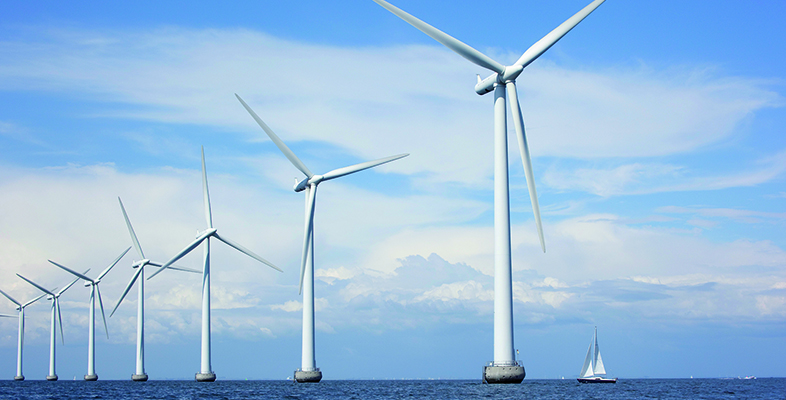3.2 Oil-fired boilers
Oil-fired boilers are usually similar in design to gas boilers but need to incorporate a device to vaporize the heating oil before combustion. Condensing boilers are available for use with light heating oil, but the potential efficiency improvements are slightly lower, about 6%, because of the lower proportion of hydrogen, burning to water vapour, in the fuel.
Depending on its age and design, a gas or oil-fired boiler can have an efficiency from 55% to over 90%. This can obviously have a profound effect on the energy consumption of a building. In order to simplify things for purchasers, boilers have been given an Energy Rating Label. Those with a seasonal efficiency of more than 90% are ‘A’ rated, while those with an efficiency between 86% and 90% are ‘B’ rated. Those with an efficiency of below 70% would get a ‘G’ rating.
From 2005 the UK Building Regulations have allowed only A and B rated boilers to be sold.
Although average heating efficiencies have improved over the years – to over 80% in 2011 for space heating – there is still room for further improvement.
Activity 12
How does a balanced flue boiler save heating energy compared to an older type of boiler?
Answer
A balanced flue boiler does not need to draw its combustion air from inside the building. As a result the building can be made more airtight.
Activity 13
Why is a condensing boiler more efficient than a non-condensing one, and what is the margin of improvement that might be expected with natural gas as fuel?
Answer
A condensing gas boiler contains an extra heat exchanger that allows the flue gases to be cooled enough to condense the water vapour in them. This allows the latent heat of vaporization of the water to be recovered. For natural gas this can represent an increase in efficiency of up to 11%.
